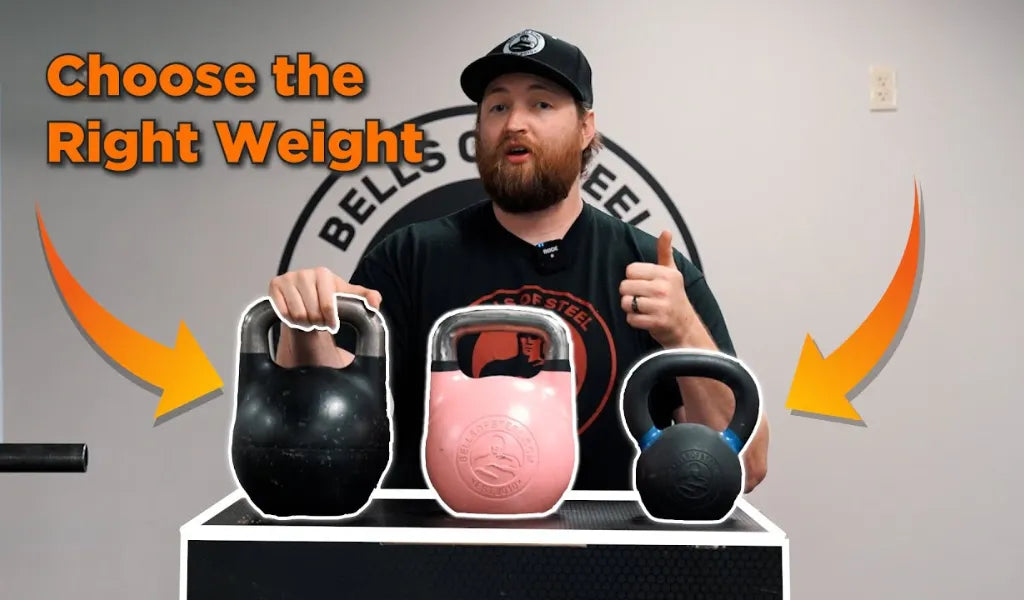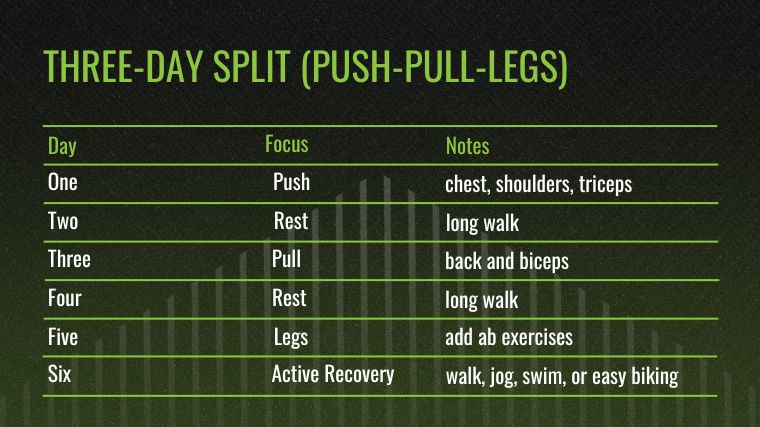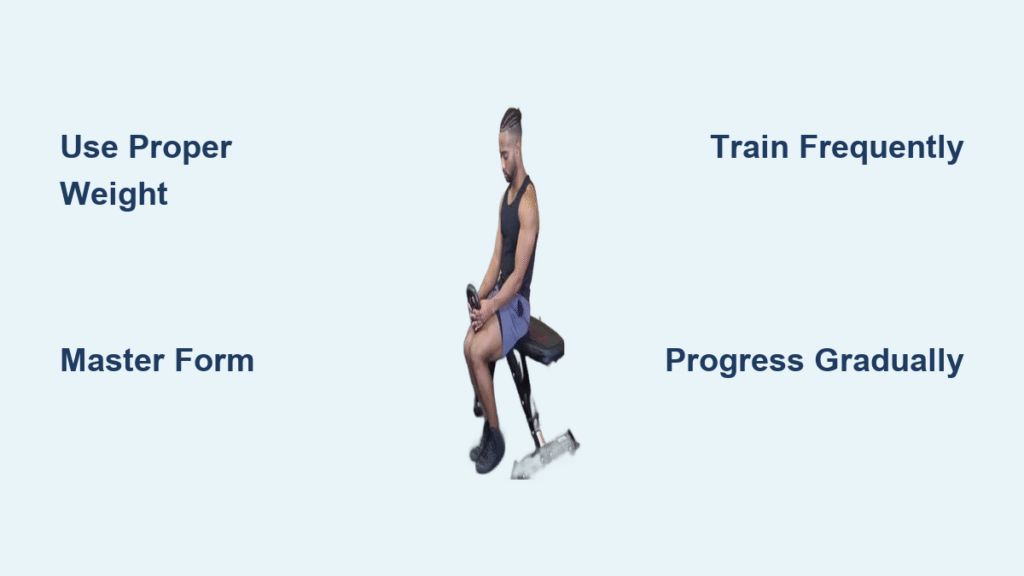Your calves might be small, but they’re your foundation for explosive movement. While bodyweight calf raises have their place, kettlebell calf exercises deliver unmatched strength gains through progressive resistance. The gastrocnemius and soleus muscles respond exceptionally well to weighted training, building not just aesthetics but functional power for running, jumping, and athletic performance. If you’ve struggled with stubborn calves that never seem to grow, adding kettlebell calf exercises could be the breakthrough you need.
Most people neglect calf training or use ineffective methods that don’t provide enough stimulus. Research shows kettlebell calf raises rank #6 among all calf exercises with a 94 mSCORE for effectiveness. The beauty of these movements is their simplicity—you can transform your lower legs with just one piece of equipment and proper technique. In this guide, you’ll discover exactly how to implement kettlebell calf exercises for maximum growth and performance.
Selecting the Right Kettlebell Weight and Setup

Match Kettlebell Weight to Your Fitness Level
Choose weights based on your current strength: women beginners should start with 8-12kg kettlebells, while men should begin with 12-16kg. As you progress to intermediate levels, move to 12-20kg weights, and advanced lifters can handle 20kg+ or double-kettlebell loading. The key is starting conservatively—your form should remain perfect throughout each set. If you’re wobbling or rushing reps, the weight is too heavy. Remember that single-leg variations feel significantly harder, so reduce weight by 30-40% when isolating each calf.
Optimize Your Training Surface for Maximum Effectiveness
Your workout surface dramatically impacts results. Choose stable, non-slip flooring like rubber gym mats that absorb some impact while providing solid footing. Avoid thick carpets that cushion your movement and reduce muscle activation. For elevated variations, use a 2-4 inch platform (a weight plate or wooden block works perfectly) to increase your range of motion. If balance is challenging, keep a chair nearby for light fingertip support—just don’t lean heavily, as this reduces calf engagement.
Perfect Your Double-Arm Kettlebell Calf Raise Technique
Execute the Foundational Movement Correctly
Stand tall with feet hip-width apart, holding a kettlebell in each hand at your sides. Engage your core as if bracing for impact, keep your chest lifted, and distribute weight evenly across your feet. Slowly rise onto the balls of your feet, pushing through your big toes while maintaining straight knees. Squeeze your calves hard at the top position for two seconds, then lower with a controlled 3-4 second descent. Aim for 10-15 perfect repetitions per set—quality always trumps quantity with kettlebell calf exercises.
Avoid These Common Form Mistakes
Rushing the eccentric phase reduces time under tension and robs you of growth potential—control every lowering movement. Bending your knees excessively shifts work away from your calves; maintain near-straight legs for maximum gastrocnemius activation. Leaning forward compromises your alignment—imagine a string pulling your head toward the ceiling. Partial range of motion limits muscle development; rise as high as possible and lower until you feel a deep stretch in your Achilles tendon.
Level Up with Advanced Kettlebell Calf Variations

Single-Leg Kettlebell Calf Raises for Maximum Growth
Stand on one leg while holding a kettlebell in the opposite hand. This variation isolates each calf, addressing imbalances and dramatically increasing intensity. Start with just bodyweight to master balance before adding resistance. Perform 8-12 controlled repetitions per leg, focusing on eliminating wobble. You’ll notice single-leg kettlebell calf exercises feel significantly harder than bilateral versions—this is normal as you’re supporting your entire body weight on one leg while adding external resistance.
Elevated Platform for Deeper Muscle Activation
Position the balls of your feet on a 2-4 inch platform, allowing your heels to drop below toe level. This extended range of motion activates more muscle fibers and improves ankle mobility. Control the descent carefully—elevated variations increase injury risk if performed too quickly. Advanced lifters can progress to 4-6 inch blocks for extreme range, but only after mastering standard elevated raises. Research shows this variation increases muscle activation by up to 30% compared to standard floor raises.
Program Kettlebell Calf Exercises for Results

Follow Science-Backed Frequency Guidelines
Train your calves more often than other muscle groups—they recover quickly and respond to high frequency. Beginners should perform kettlebell calf exercises 2-3 times weekly with 2-3 sets of 10-12 reps using light weights. Intermediate lifters benefit from 3-4 sessions weekly with 3-4 sets of 12-15 reps. Advanced athletes can train calves 4-5 times weekly with 4-5 sets of 15-20 reps using heavy kettlebells. Unlike larger muscle groups, calves thrive on frequent stimulation when properly recovered.
Implement Progressive Overload Strategies
Track your 15-rep max on standard double-arm raises—when you complete all reps with perfect form, it’s time to increase weight. Progress by small increments (2-4kg) to avoid overloading your tendons. Always prioritize form over weight—your last 2-3 reps should feel challenging but maintainable with good technique. For advanced lifters, incorporate tempo variations like 3-second lowering phases to increase time under tension without adding weight.
Prevent Injury While Maximizing Calf Development
Warm Up Properly Before Heavy Loading
Begin each session with 5-10 minutes of light cardio like jump rope or brisk walking to increase blood flow to your lower legs. Perform dynamic ankle circles in both directions and bodyweight calf raises for 1-2 sets of 15 reps. Gradually progress through your kettlebell weights rather than jumping straight to heavy loads. This preparation significantly reduces your risk of Achilles tendon strain, the most common injury in calf training.
Recognize Warning Signs of Overtraining
Sharp, stabbing pain during exercise requires immediate cessation—this differs from normal muscle burn. Ankle swelling or persistent soreness beyond 72 hours indicates you’ve overdone it. If you experience frequent calf cramps, increase your hydration and electrolyte intake. Remember that calves respond well to high volume, but they still need recovery—space intense sessions at least 48 hours apart. Foam rolling from heel to knee for 5 minutes post-workout aids recovery and reduces soreness.
Sample Weekly Calf Training Plan for Visible Results
Three-Day Split for Balanced Development
Monday: Heavy double-arm raises (3×8-10 reps with 20kg kettlebells)
Wednesday: Single-leg variations (2×12 reps per leg with 12kg kettlebell)
Friday: Elevated platform raises (3×15 reps with 16kg kettlebells)
This balanced approach hits your calves from multiple angles while allowing adequate recovery. Perform these exercises as finishers after your regular strength training sessions, or as standalone workouts if calves are your priority. For best results, maintain a consistent tempo: 1 second up, 2 second squeeze, 3-4 seconds down for maximum muscle tension.
Final Tips for Explosive Calf Development
Kettlebell calf exercises deliver exceptional results when performed with precision and consistency. Start with conservative weights to master form before progressing, and remember that calves thrive on high frequency—train them 3-5 times weekly for best results. Your last few reps should burn intensely, but never compromise form for additional repetitions. Strong, powerful calves enhance every athletic movement while protecting your ankles from injury during sports and daily activities.
Don’t underestimate the transformative power of properly executed kettlebell calf exercises. Whether you’re rehabbing an injury, chasing athletic performance, or simply want more defined lower legs, these movements deliver unmatched results. Pick up your kettlebells today and start building the strong, functional calves you’ve been missing.




